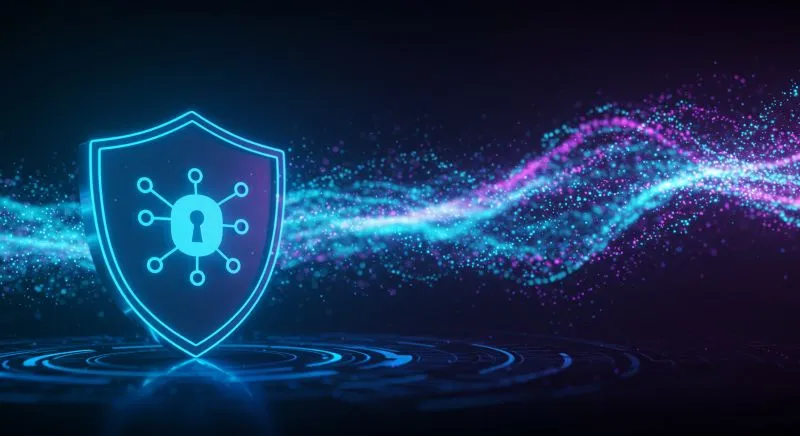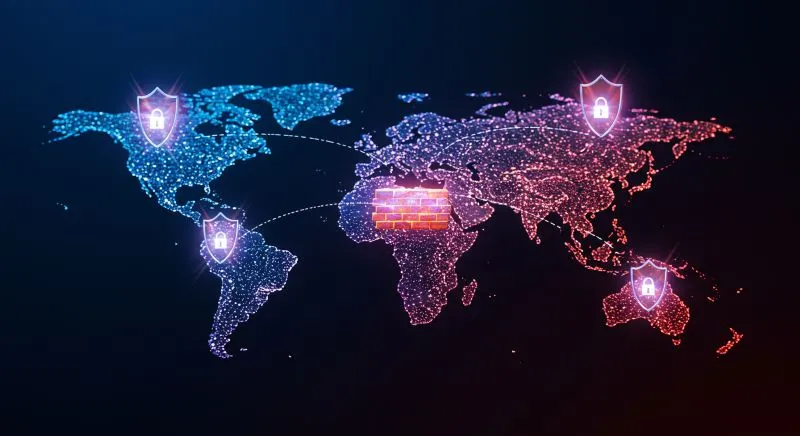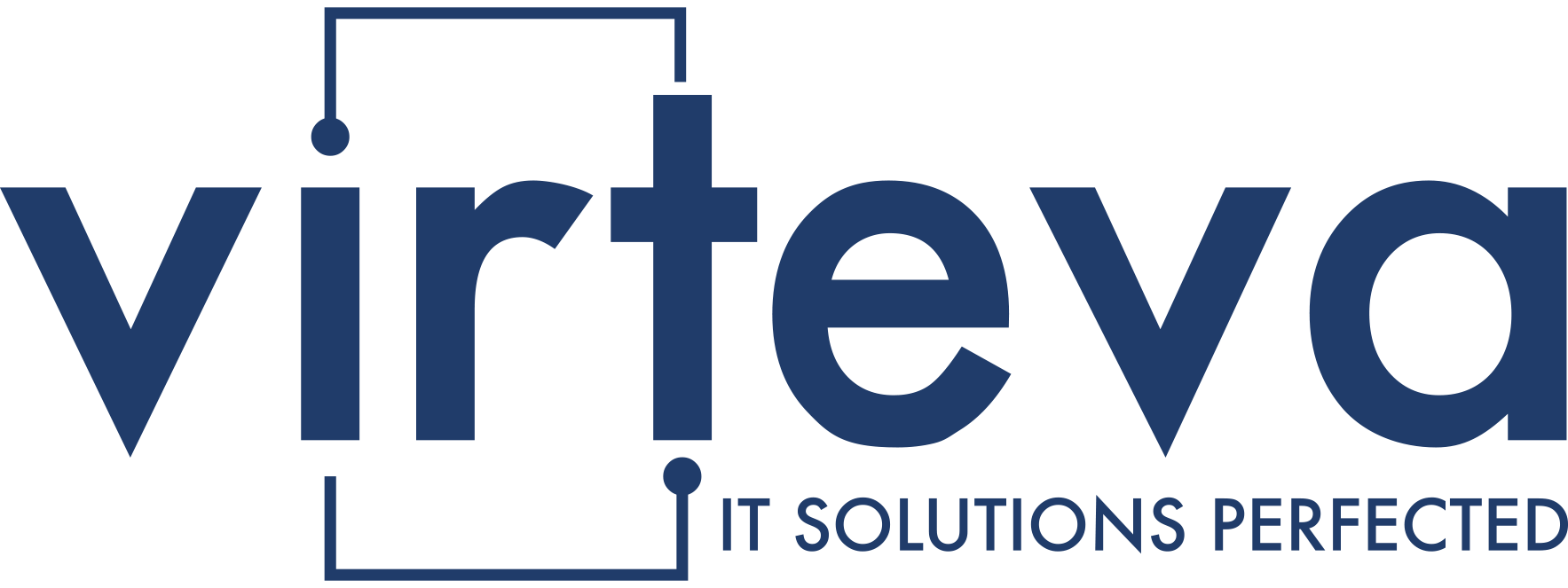These days, cyber threats are not as they used to be. Today’s attack operators are quicker, craftier, and more secretive than ever. If you are still relying on old-style antivirus to protect your company, then you are well overdue for some serious review. This article explains what managed detection and response is, and why antivirus is no longer adequate to handle today’s cyber threat landscape.
The Cyber Threat Landscape Has Evolved

The threat environment over the past decade has witnessed significant evolution. Malware intrusions and email spam, once simple, have now become multi-stage attacks, long-duration intrusions, and global ransomware attacks. Modern threat agents use AI, automation, and social engineering to attack vulnerabilities on a mass scale.
Antivirus programs, once the digital frontline, can’t keep up today. Most antivirus products rely on signature-based detection, matching hostile files to fingerprints in files. But hackers today often customize their tools, use obfuscation, or launch brand-new “zero-day” strikes, and signature-based tools are helpless to detect them.
In this environment, even the most cautious businesses find themselves exposed. Phishing emails, drive-by downloads, and compromised third-party vendors can introduce threats without triggering antivirus alerts. What’s worse, once attackers gain a foothold, they can move laterally through a network, often undetected for weeks or even months.
That’s why businesses today are shifting toward a more comprehensive, proactive solution: managed detection and response (MDR). So, what is managed detection and response, and how does it provide the agility and depth that antivirus software lacks?
Understanding Managed Detection and Response (MDR)
What It Is
Managed detection and response services combine cutting-edge tools with round-the-clock human expertise. Rather than waiting for known threats to trigger alerts, MDR providers actively hunt for signs of compromise across endpoints, networks, and cloud environments. The goal is not just detection – it’s rapid response.
Unlike basic cybersecurity tools, MDR is a fully managed service. This means businesses outsource the burden of monitoring, analysis, and incident response to a dedicated security operations team. These experts are trained to identify suspicious behaviors, validate threats, and act immediately to contain or eliminate them.
In simple terms, MDR is like having a 24/7 security operations center without having to build one in-house.
How It Works
A typical MDR service includes several key capabilities that work together to create a proactive defense:
- Endpoint Detection and Response (EDR): Software agents are installed on endpoints (laptops, servers, mobile devices) to monitor behavior and detect anomalies.
- Network Traffic Analysis (NTA): MDR teams analyze network flows and communications for unusual or unauthorized activity.
- Security Information and Event Management (SIEM): Logs from various systems are aggregated and correlated to identify patterns and incidents.
- Threat Hunting: Security experts actively search for indicators of compromise that automated systems might miss.
- Incident Response: When a real threat is identified, the MDR provider takes swift action, isolating infected systems, containing the breach, and guiding recovery.
These services are typically complemented with threat intelligence feeds, machine learning algorithms, and behavioral analysis, constantly updated to combat the latest tactics.
MDR is not a passive monitoring service. It’s an active defence system with human researchers investigating, validating, and taking action on alerts, often before your internal team is even aware there’s an issue.
Why Antivirus Isn’t Enough
Despite its longevity, antivirus software is fundamentally limited in its approach. Here’s why it falls short in today’s environment:
- It depends on known signatures: If malware doesn’t match a known profile, it goes undetected.
- It lacks behavioral insight: Antivirus tools often miss subtle signs of an attack in progress, like credential misuse or privilege escalation.
- It can’t track lateral movement: Once an attacker is inside, antivirus software can’t track their lateral movement from system to system.
- It offers no expert response: Antivirus tools may alert you to a problem, but they don’t help you fix it.
Managed detection and response services overcome these weaknesses with behavior-based detection, human-led investigations, and active response protocols. This means businesses aren’t just alerted to threats – they’re actively defended against them.
What You Gain with Managed Threat Detection and Response Services
Choosing MDR over traditional solutions delivers a wide range of benefits tailored to modern cybersecurity needs:
- Proactive protection: Threats are identified and neutralized before they escalate.
- 24/7 monitoring: Security doesn’t stop after business hours.
- Advanced analytics: Machine learning and behavioral analysis catch subtle, complex threats.
- Expert support: Certified analysts bring experience and insight to every incident.
- Comprehensive visibility: MDR covers endpoints, cloud services, on-prem systems, and network activity.
- Actionable insights: Detailed reports help improve security posture over time.
- Regulatory alignment: MDR helps meet standards like GDPR, HIPAA, PCI-DSS, and others.
- Incident response readiness: When an attack happens, you’re not starting from scratch.
This service also reduces the pressure on internal IT teams, allowing them to focus on strategic initiatives instead of chasing false positives or managing complex alert systems.
When to Consider Managed Services for Detection and Response

Wondering if MDR is right for your business? Consider these common indicators:
- Your IT team is overwhelmed: If you’re drowning in alerts or short on time, MDR can triage and resolve real threats.
- You lack cybersecurity expertise: Not every organization has security analysts on staff – MDR fills that gap.
- You operate in a regulated industry: Healthcare, finance, and legal firms must meet strict compliance rules.
- You’ve moved to the cloud or hybrid work: With remote endpoints and decentralized infrastructure, traditional tools fall short.
- You want faster response times: Speed is everything during a breach. MDR delivers rapid containment and resolution.
If your business fits any of these scenarios, transitioning to managed services for detection and response could be a critical move for your security strategy.
Key Benefits of Managed Detection and Response
Here’s a quick summary of why managed detection and response services are a wise investment:
- 24/7 threat monitoring across all assets
- Detection of zero-day and sophisticated attacks
- Real-time, expert-led incident response
- Reduced threat dwell time and impact
- Improved regulatory compliance
- Behavioral and contextual analysis of threats
- Strategic security insights and continuous improvement
- Scalable support for remote, cloud, and hybrid environments
- Relief for overburdened internal IT and security teams
Bottom line: Antivirus alone is no longer enough. The complexity of modern cyber threats requires a proactive, intelligent, and human-led defense strategy. MDR offers precisely that.
Ready to Strengthen Your Cybersecurity?
Modern threats demand something beyond the tools of the past. You must get one step ahead of cyberattacks and protect what matters most – the things you care about most: your data, your employees, your brand. Act today. With Virteva, you can level up your protection with managed detection and response services designed specifically for your one-of-a-kind environment. Our combination of advanced security technology and human expertise works around the clock to detect, respond to, and eliminate threats before they have an impact on your company.




